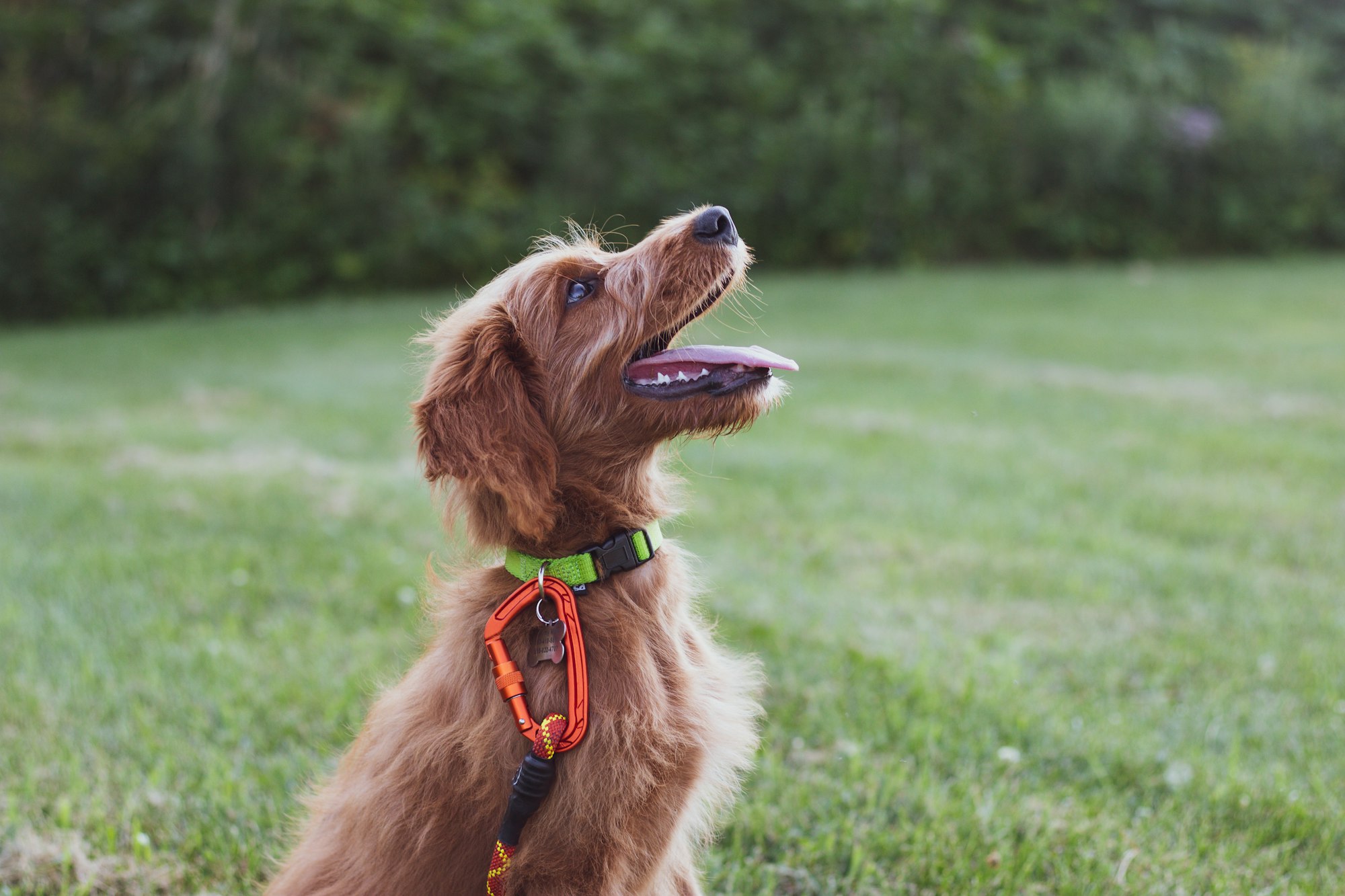Ask Me Anything: Canine Behaviour with Monisha

Ever wondered what makes a goodboi/ gurl? Sure those heart melting puppy eyes and generous cuddles and licks play a part but a majority of the credit has to go to proper training.
And acing your dog’s training begins with understanding their behaviour.
To better decode the workings of a doggo mind, we had canine behaviourist Monisha on board. What followed was an hour-long AMA session filled with questions, from dog walking to dreaming and everything in between.
Read this TLDR version to know it all!
- Good Walking Habits Are A Must
First and foremost, practice keeping a pouch of treats with you on walks. But before you head out, leash walk your dog indoors and instruct it to focus on you, rewarding successful behaviour. Once this pattern is learnt, head outside and practice there. Secondly, teach them the LEAVE IT command first at home and then outside. With focus and the leave it command mastered, you will surely see an improvement in their walking habits.
2. You On Your Bed, Me On Mine
The best way to teach your pet to stay off your bed is to teach them the OFF command followed by adding duration to the time they spend on their own bed. Sit next to their bed, say BED and give rewards in intervals. Start with short intervals of a few seconds and gradually increase the time. One you touch the 5 minute mark, distance yourself from your dog and its bed. Correct mistakes and finally combine distance with duration.
3. Training A Reactive Dog
It may be hard but it’s certainly not impossible. Begin by training your dog to walk with you indoors and focus on you. Practise this outdoors during not so busy hours and once confident, take them for a walk at busier times. Solid place, sit and stay commands come handy when preventing them from jumping on others. And remember to always reward them when they listen and sit.
4. Bark Off! It’s Sleep Time
If your dog has ever kicked you while he’s deep asleep or attempted to bite you, it’s not that big a problem. Kicking while asleep could be due to dreaming and a little jab could just be a sign that he’s startled. Always wake your dog with a soft sound first or call their name instead of petting them.
5. From Reactive Doggos To Travellers
Turning your reactive doggo into a calm, pleasant travel partner requires you to first get them comfortable with walking in a variety of places. Start from your go-to walking area and then gradually experiment with other parks/spaces. Once this level is successfully unlocked, try taking them to a pet-friendly cafe to build confidence. Keep the durations short and sweet and do not overwhelm them. Hiring a professional trainer could also help make this transition easier.
6. Just Beagle Behaviour
Beagles are high energy babies, always curious and ready for action. If your beagle is beginning to bite when bored, it is a good idea to make a few mental enrichment toys for them. You can also devise food puzzles or use a licky mat to keep them occupied when the day’s fun and games are over.
7. Puppy Teething Problems
While teething is annoying to your puppy's gums, it should be clear to them that biting is not an option. So when your pup starts nibbling, pull your hand away and say a stern NO while providing them an alternative to chew on that they will enjoy.
8. Weaning Off Treats
After training your dog with treats, there comes a time when you need to remove this yummy reinforcement. The best way to go about it is by first showing the treat and then hiding it behind your back. Eventually you can stop giving the treat every time. This is a gradual process but ensure to treat them after last repetition.
9. A Separation Anxiety Fix
It is important for our goodbyes and hellos to NOT be emotional with our pets. So when leaving home, opt for a very even-toned BYE without extra love or cuddles. And when back home, spend the first 5 minutes ignoring your dog as you settle in. In addition, work on breaking your dog’s associations with leaving cues like picking up your purse or wearing shoes by doing these actions at random times of the day while at home. Pace the training and reward them for calm behaviour.
Again, the key lies in keeping these sessions free from emotions and excitement and adopting a neutral tone.
And that’s it for this time’s recap. Stay tuned for our upcoming AMA Sessions with canine experts that help you make dog parenting easier and better.
Until next time, keep learning!
